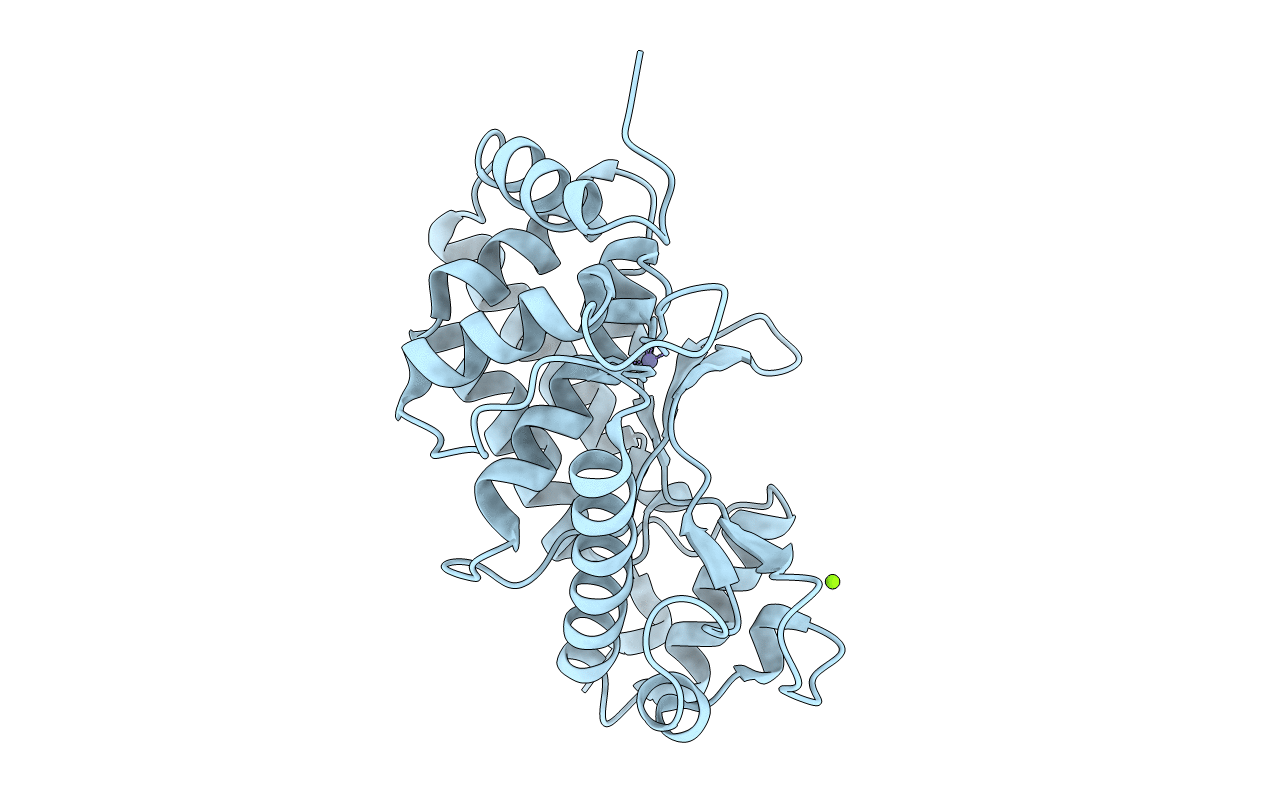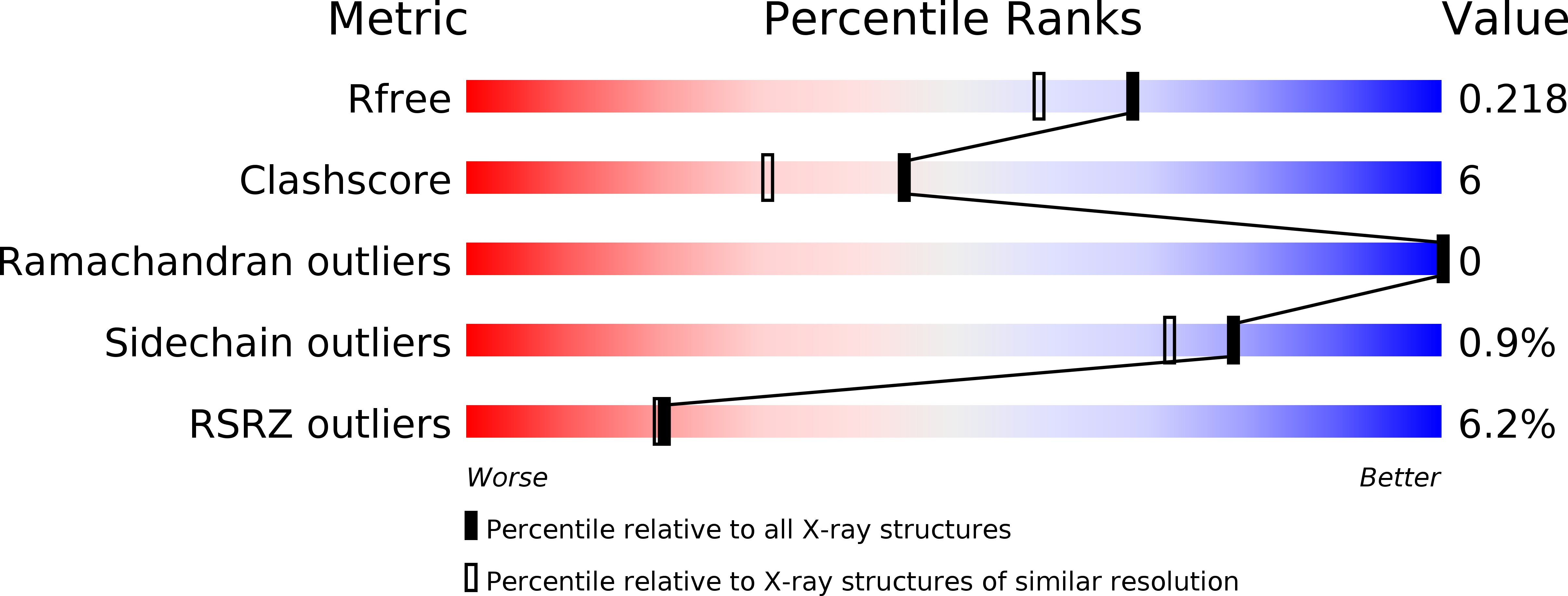
Deposition Date
2014-04-11
Release Date
2014-07-30
Last Version Date
2024-02-28
Entry Detail
PDB ID:
4Q3J
Keywords:
Title:
Crystal structure of NFkB-p65-degrading zinc protease family protein
Biological Source:
Source Organism:
Escherichia coli (Taxon ID: 386585)
Host Organism:
Method Details:
Experimental Method:
Resolution:
1.86 Å
R-Value Free:
0.21
R-Value Work:
0.17
R-Value Observed:
0.18
Space Group:
P 21 21 21


